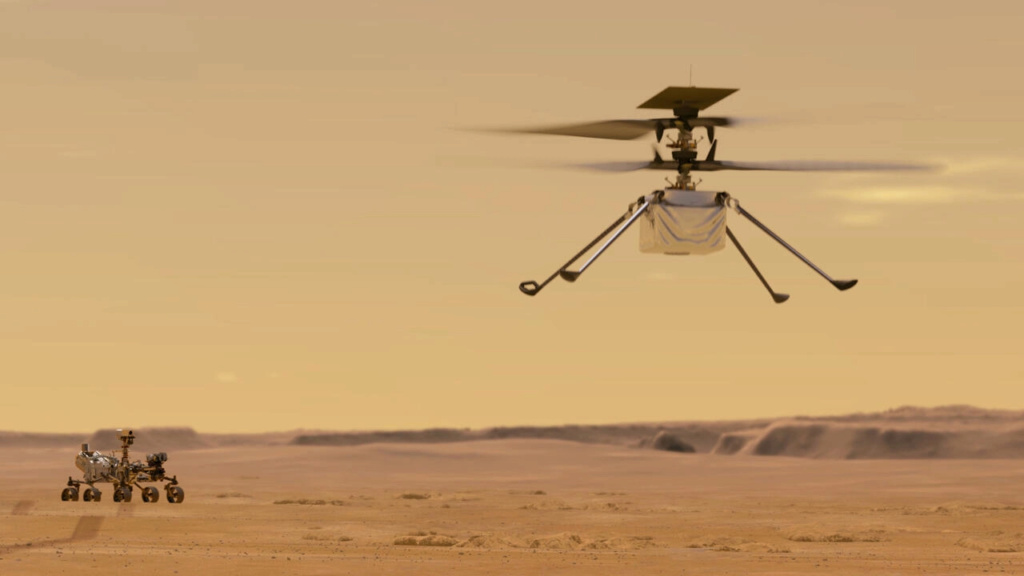?Perseverance collects the 'most valuable' samples on Mars: what do they contain

Perseverance rover on Mars AP
The rover robot Perseverance on the surface of Mars has reached a key stage in its mission to search for traces of life on the Red Planet, collecting samples that are "the most valuable" to date because they contain potential biosignatures that must be confirmed by analyzes conducted on the ground, the space agency announced. (NASA) Thursday, September 16, 2022.
Although this discovery does not constitute evidence that life once existed on Mars, it represents the best opportunity to date to be able to one day detect previous microbial life.
A possible biomarker results from the presence of life, but it may also occur with the absence of life. To confirm this biometric signature, samples must be analyzed with powerful laboratory tools on Earth. NASA plans to send the samples back to Earth via a new mission it will launch by 2033.
"We can say it's the most important rock sample ever collected," David Schuster, who works on the samples, told a press conference.
Two samples were taken as a result of drilling operations in a rock called "Wildcat Ridge" about one meter high and located in a delta formed about 3.5 billion years ago at the meeting point of an ancient river and lake.
The importance of this rock stems especially from the fact that it is a sedimentary rock that appears to have been formed when water evaporated from the lake.
"The Wildcat Ridge has a high potential for preserving biometric fingerprints," Schuster explained.
After conducting a separate analysis of the rock with a tool attached to the arm of the "Perseverance", the results showed the presence of the most abundant organic compounds being discovered since the launch of the mission a year and a half ago.
Ken Farley, who is in charge of the mission's science department, confirmed that these compounds, which are specifically made of carbon and may also contain hydrogen, are "the basic elements of life."
Sunanda Sharma, a scientist at NASA's Jet Propulsion Laboratory, noted that the robobot had previously detected vehicles, but in smaller quantities, during previous analyzes in the Jezero crater, which contained the lake, but "the more we progress in the delta, the evidence becomes increasingly stronger."
https://www.mc-doualiya.com/%D8%B9%D9%84%D9%88%D9%85/20220916-%D8%A8%D8%B1%D8%B3%D9%8A%D9%81%D8%B1%D9%86%D8%B3-%D9%8A%D8%AC%D9%85%D8%B9-%D8%B9%D9%8A%D9%91%D9%86%D8%A7%D8%AA-%D9%87%D9%8A-%D8%A7%D9%84%D8%A3%D9%83%D8%AB%D8%B1-%D9%82%D9%8A%D9%85%D8%A9-%D8%B9%D9%84%D9%89-%D8%A7%D9%84%D9%85%D8%B1%D9%8A%D8%AE-%D8%B9%D9%84%D9%89-%D9%85%D8%A7%D8%B0%D8%A7-%D8%AA%D8%AD%D8%AA%D9%88%D9%8A?ref=fb_i

